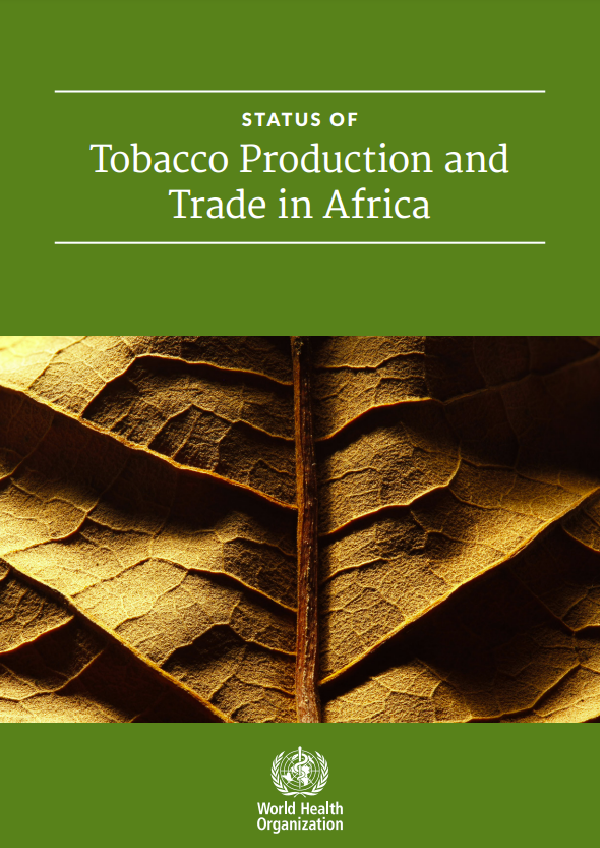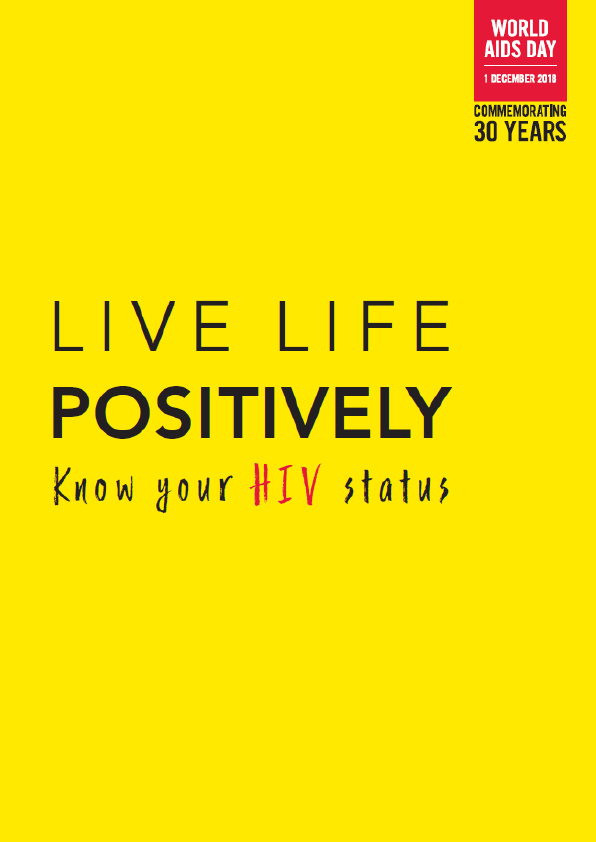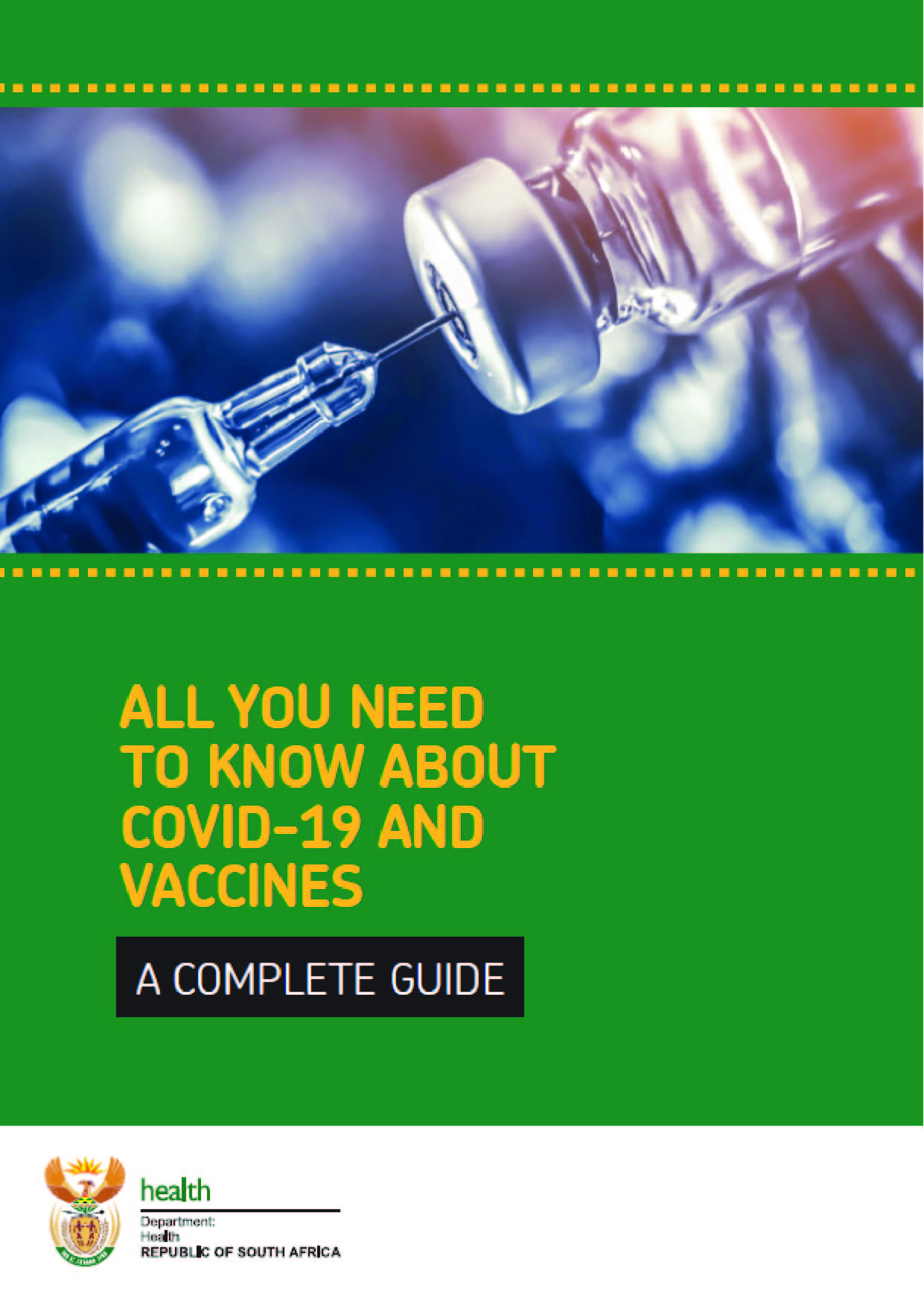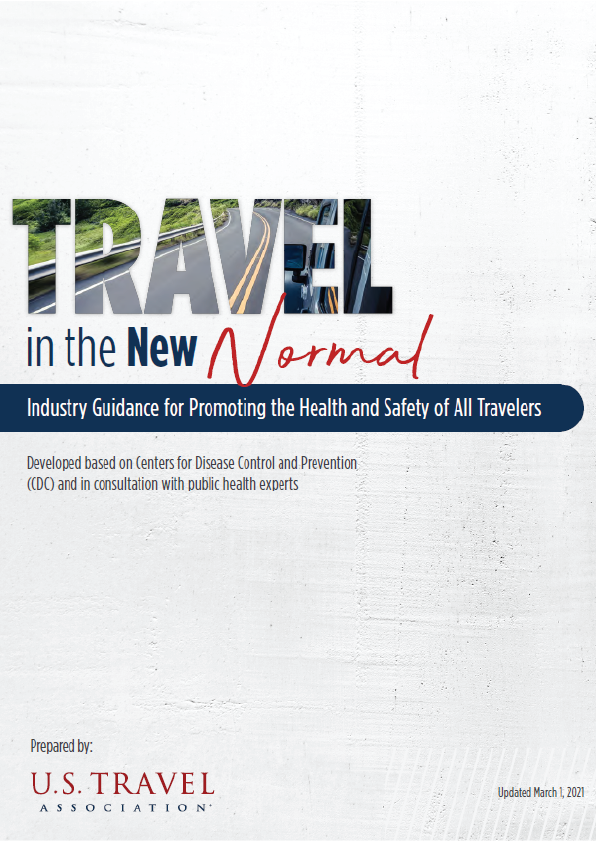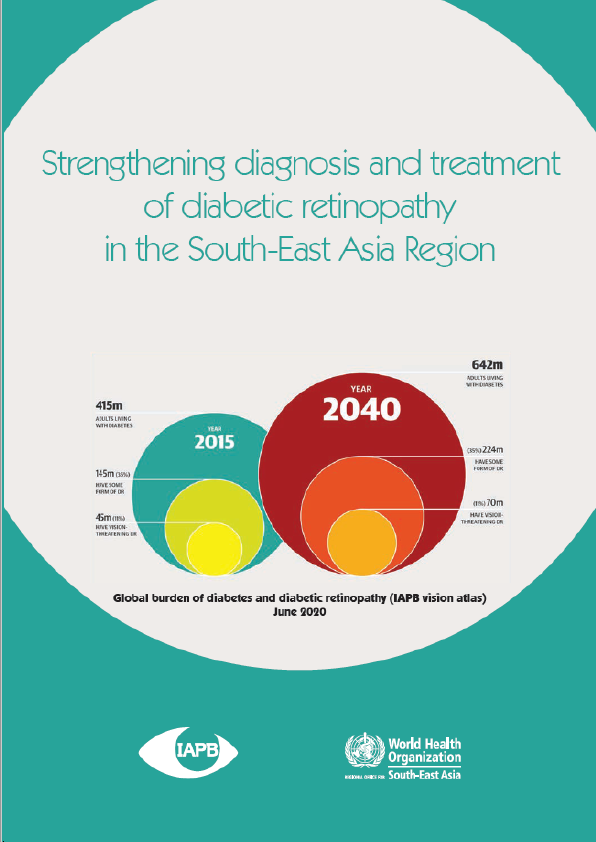The tobacco epidemic is one of the biggest public health challenges the world has ever faced, killing more than 8 million people around the world every year. The WHO Framework Convention on Tobacco Control (WHO FCTC) provides a strong, concerted response to the global tobacco epidemic and its enormous health, social, environmental, and economic costs (1). Despite significant global progress since the adoption of the WHO FCTC, many countries are still not adequately implementing policies that can save lives from tobacco, and progress in meeting the global target set by governments to reduce the prevalence of tobacco use by 30% by 2025 remains off-track. A recent trend in this sector is the shift of tobacco cultivation to Africa. This increase in localized cultivation is also translating into an increased prevalence of tobacco use – a trend which is amplified by a weaker infrastructure for monitoring tobacco use in a majority of sub-Saharan African countries. In fact, according to the Tobacco Atlas, between 1980 and 2016, the WHO African and Eastern Mediterranean Regions witnessed the largest increases in cigarette consumption – 52% and 65%, respectively (2). We intend to highlight such trends in this report.
Additionally, the country profiles of the present report have been developed with the objective of supporting policy-makers, researchers, and public health advocates in:
- increasing awareness of tobacco production and trade in Africa as a result of trade liberalization;
- using evidence from the country profiles towards advocacy for implementation of tobacco control measures, including the WHO Framework
Convention on Tobacco Control (WHO FCTC), which is led by the World Health Organization. The country profiles on tobacco production and trade present summary statistics on tobacco production and trade in 54 African countries1 for the periods 2010–2012 and 2016–2018.2 Average values of production and trade data from 2010–2012 and 2016–2018 are reported as 2012 and 2018 data, respectively. This is done to buffer against year-to-year fluctuations and provide a more accurate representation of facts and trends. Data on tobacco production and trade used in this report are a subset of the data provided by the African countries to the United Nations Commodity Trade Statistics Database (UN COMTRADE), the World Integrated Trade Solution (WITS), the United Nations Food and Agriculture Organization (FAO) Statistical Database (FAOSTAT) and other WHO and United Nations statistical data sources, covering the period 2010–2018.
